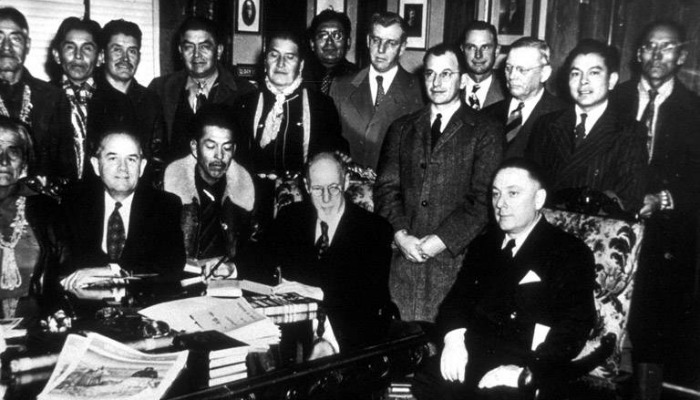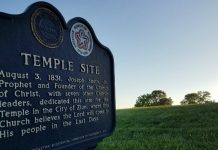
This article was originally written by Alysa Landry for Indian Country Today Media Network. The following is an excerpt.
Editor’s note: This is the second in a three-part series [read part one here] about the Indian Student Placement Program, a foster-care and education program for Native youths administered by The Church of Jesus Christ of Latter-day Saints between 1947 and 2000.
Veronica Wallace pressed her face against the bus window and stared into the darkness.
At 13, Wallace was en route from her home in Shawnee, Oklahoma, to Lakewood, Colorado, to live with a family she’d never met. The bus cut across the darkened countryside during the wee hours of the August morning as its passengers slept, talked quietly, listened to Motown music or cried, Wallace says.
“It was a very lonely, very sad trip. It was 2 or 3 in the morning, and I had no idea where I was going.”
It was 1970 and Wallace, who is Sac & Fox, had agreed to spend the next nine months in the Indian Student Placement Program. Run by the Church of Jesus Christ of Latter-day Saints, the program matched Native youths with white Mormon host families who took care of them during the school year and returned them to their reservations for the summer.
For the half-century the program was in operation (from 1947 to 2000), an estimated 40,000 Native youths from 60 tribes left their homes in favor of a better education and a brighter future. But the program had a secondary goal: bringing Indian students in contact with the morals and cultural practices of the Mormon Church.
Wallace, who was baptized as a Mormon at age 8, was accustomed to the principles of the church, which is known for its high moral standards and emphasis on the family. When her host parents welcomed the “little Indian girl” into their home, Wallace readily adopted this second family.
Cultural and religious clashes were inevitable, however, Wallace says. Her birth parents divorced when she was young and a grandmother raised her, introduced her to the church and encouraged her to go on the placement program. During a visit to Colorado, Wallace’s birth mother sat in the host family’s house and smoked a cigarette.
“That was bad,” Wallace says. “Her lifestyle was not keeping with the standards, and so I knew I had to choose.”
Read the full article at IndianCountryTodayMediaNetwork.com.




